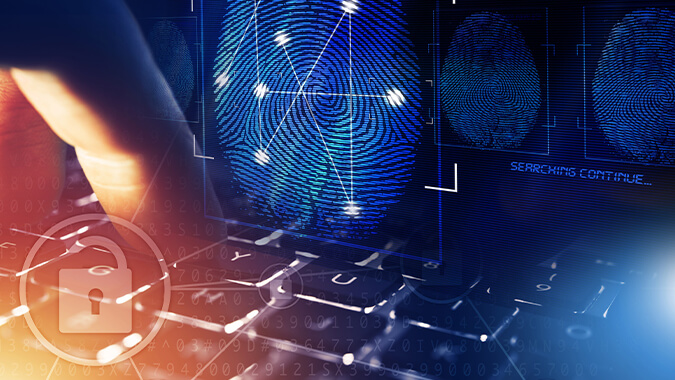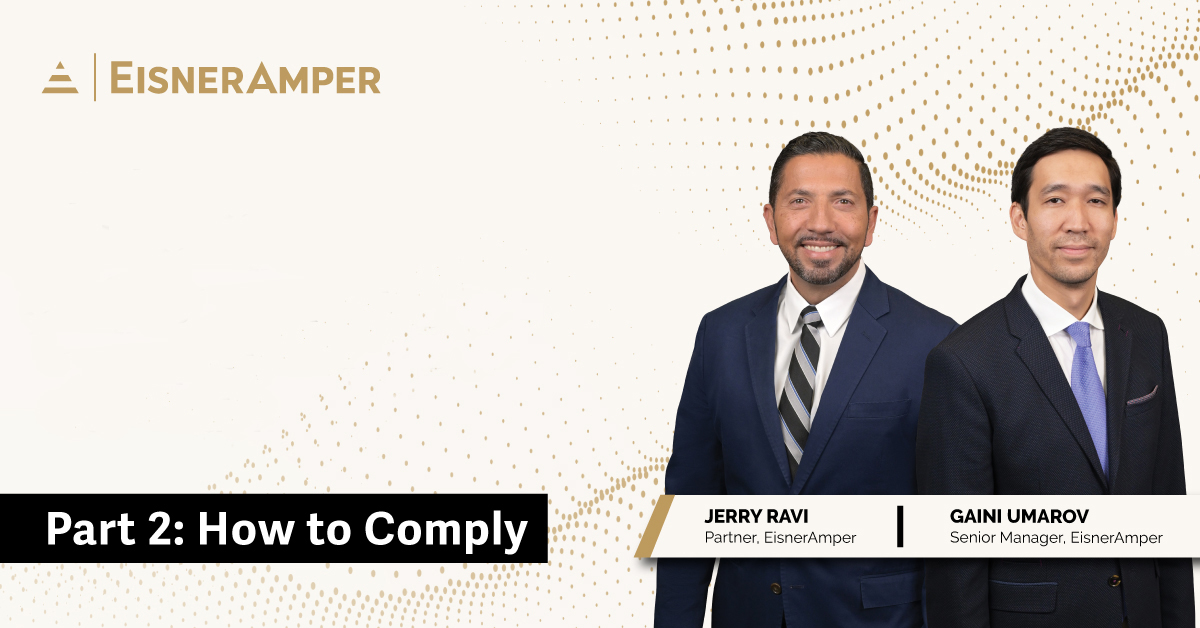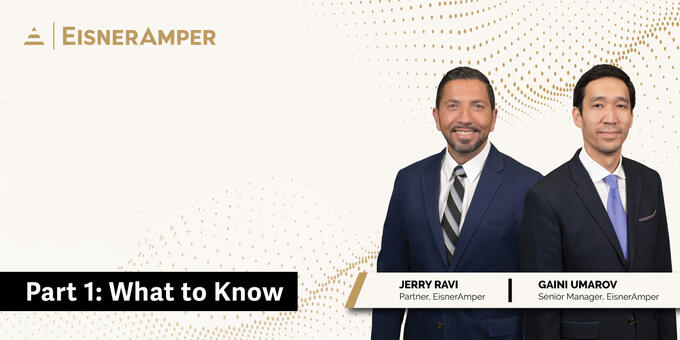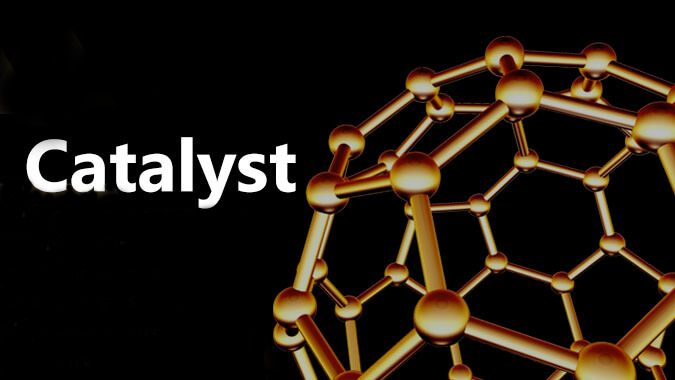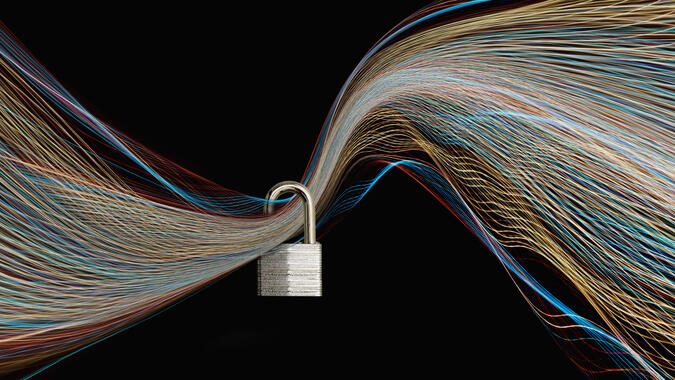
How to Have ‘Safe Banking’
- Published
- Oct 21, 2022
- By
- Rahul Mahna
- Share
Cybersecurity Corner: Tips for everyday concerns
Our economy operates and relies on the principles and rules provided to us from the banking industry. Because of this, the finance industry is one of the most heavily regulated sectors and coincidentally is one of the largest purchasers of cybersecurity tools. The question remains: With all these regulations and cybersecurity systems, is the ‘everyday consumer’ safe? For the most part we have found that banks are extremely safe and they do an excellent job of creating policies and procedure to protect their clients. The banking system does offer a lot of options to their clients and it’s with these options we see some clients falter and noticeably where better choices can be made. To help make the correct decision for yourself, below are some everyday ideas for consideration.
1. Debit vs Credit
By design, a debit card takes money directly out of your bank account while a credit card floats your charge for roughly 30 days, then you have to pay with money from your account. Knowing this difference and if the option to select is available: If a fraudster were to get access to your cards, which one would you prefer they have? Consider the risks and make a choice that best suits your needs.
2. ATM Cards
Stealing a card and a four-digit PIN does not seem like a very high barrier. Fraudulent scanning devices sitting on ATM machines have been around for a long time. Assuming you do fall victim to this type of event: What is your limit for the amount of cash that can be withdrawn on a daily basis? Banks offer the ability for a consumer to limit their daily amount of cash available from ATM withdrawal (with a verification call process if more is needed). This limits the consumer downside risk.
3. Email Notifications.
All banks offer you the ability to receive an email transaction receipt. This is an easy backup system to keep monitoring transactions and know if a fraudulent charge is happening in real-time. If you don't want every transaction emailed to you, the banks even allow you to set a minimum dollar value threshold that will trigger an email alert. The banking system has many options for consumers but it’s about education and knowledge of those personal control and notification systems and how to minimize damage and risk. Of course, banks offer insurance and protection to their constituents but there is a time element. It could take weeks to return funds back to a consumer if fraud occurs. The old expression about an ‘ounce of prevention’ can eliminate stress and hassle to any consumer and make their banking experience much safer.
What's on Your Mind?
Start a conversation with Rahul
Receive the latest business insights, analysis, and perspectives from EisnerAmper professionals.



